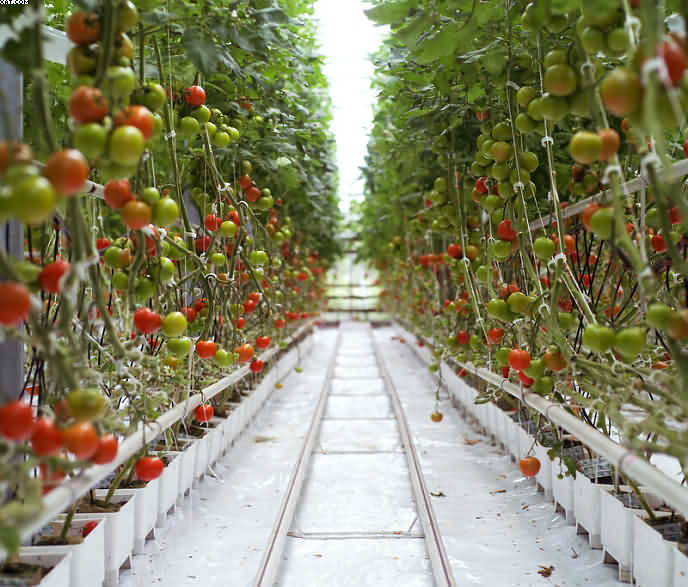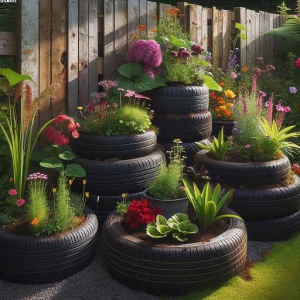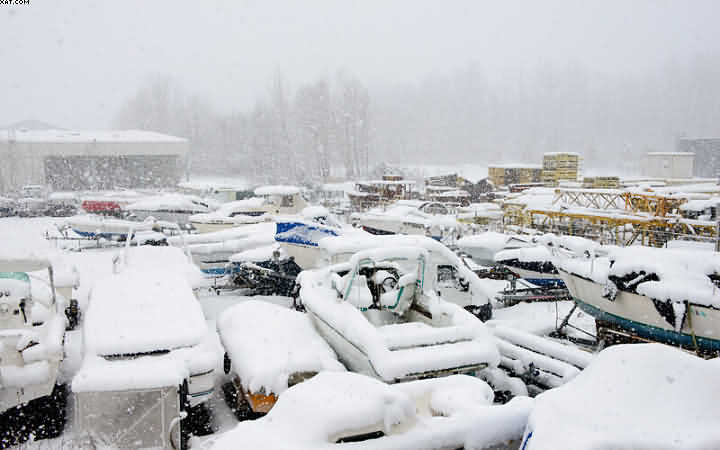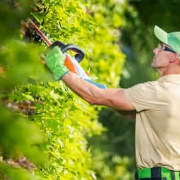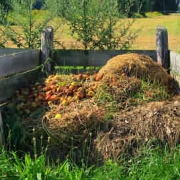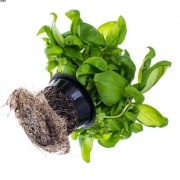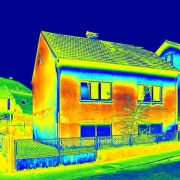Plants can be Hardy or Not Hardy
As a lifelong amateur gardener, this topic, plant hardiness, has always piqued my interest. In the United Kingdom, we have a four-season climate. This means that we can grow all sorts of plants from all over the world. as long as the plants are given some sort of protection during cold spells and the short days of winter.
One guy that springs to mind is an expert at growing exotic plants in his garden here in Yorkshire UK. The guy has a great YouTube channel, called “Yorkshire Kris”. Kris grows many exotic plants here in the cold climate of the UK. Indeed this is the sort of thing that I do here in my garden in Mirfield, a small town in West Yorkshire.
So, when I first started to travel, I would be about eighteen years of age. Spain was the first country with different types of plants that inspired me to have ago at growing, later on in life. My first love was for palm trees and grape vines. Plants that are classified as hardy are generally able to withstand extreme weather conditions, such as cold temperatures or drought, and continue to grow and thrive.
Winter break in Spain
Later on in life I became a successful businessman. This prompted to buy family holiday home in Spain. Enabling me to garden in Spain as well as back home in England. Palm trees were still my favourite challenge. Were they hardy enough to grow through a cold English winter. This hardiness is typically the result of various adaptive mechanisms that the plant has developed over time through the process of natural selection.
Palm trees in Spain were originally brought in from North Africa, by the marauding moors from North Africa. Palm trees for example, have thick, waxy cuticles on their leaves that help to prevent water loss, allowing them to survive in dry conditions. Of course they thrived in the hot summers of Spain. Another common palm was the “Canary Island date palm. P. canariensis “. I did try this species in Yorkshire. However they always struggled to survive a really cold winter.
Recently though, I have seen large specimens of the Canary palms growing outdoors in Southern England. Probably a sign of “global warming”. Moving on to later in life then the Trachycarpus family of palm trees were introduced to UK gardners.
These were to be the answer to all us exotic gardeners who love to try and grow unusual plants and trees.
The Trachycarpus palm trees were a sight to behold.
Standing tall and majestic, their fronds waved gracefully in the gentle breeze. They seemed almost otherworldly, with their tall, slender trunks and delicate leaves.
But the Trachycarpus palm trees were not always so beloved. In fact, many people had once considered them to be a nuisance. They were often found growing wild and untamed, taking over gardens and lawns.
However, as time passed and people began to appreciate the beauty of these trees, they began to cultivate them more and more. And soon, the Trachycarpus palm trees could be found in gardens and parks all over the world.
People loved their tall, elegant appearance and the way they seemed to bring a sense of peace and tranquillity to any space. They became a symbol of luxury and beauty, and everyone wanted a Trachycarpus palm tree in their own gardens.
As the years went by, the Trachycarpus palm trees became more and more popular. And today, they are beloved by people all over the world, a symbol of nature’s beauty and the simple pleasures in life.
Now at the age of seventy four I am the proud owner of ten of these magnificent palm trees. They are splendid and love to grow in our UK climate. Even if the temperature drops well bellow freezing and they are covered in snow.
Deep rooted banana plants also survive the UK winter.
Other plants may have deep root systems that help them access water and nutrients from deep in the soil, allowing them to survive during times of drought or cold weather. My banana plants come to mind. These fall into the category of plants that are not hardy may be more sensitive to extreme weather conditions and may struggle to survive in certain environments. These plants may require more care and attention in order to thrive, such as regular watering and protection from extreme temperatures.
My banana patch has had different treatment of winter protection. This winter I have just left them to be frosted. The first heavy frost kills off the leaves which dye and look a mess. However I always protect the area around the roots. Giving then frost and cold protection. Usually with leaves that are collected in autumn.
The plant then generated new leaves in the the next spring when warm weather arrives. Some exotic gardeners go to great lengths to protect their bananas, but mine are about ten years old now and always grow back with extra vigour.
Overall, the hardiness of a plant depends on a variety of factors, including its native habitat, the climate in which it grows, and the adaptations it has developed over time to survive in that environment.
Yes, crossbreeding, or hybridization, can potentially create plants that are hardier than their parent plants.
Crossbreeding involves intentionally mating two plants of different varieties or species in order to produce offspring with a combination of traits from both parent plants. This process can be used to create plants with a range of desired traits, including hardiness. However this is well above my scope as a regular gardener.
By crossbreeding plants with desirable hardiness traits, breeders can create new varieties that are better suited to specific growing conditions and environments. For example, a plant breeder may crossbreed a cold-hardy plant with a heat-tolerant plant in order to create a hybrid that can survive in a wider range of temperatures.
However, it’s important to note that crossbreeding is not a guarantee of success and can be a complex and time-consuming process. It may take several generations of selective breeding to produce plants with the desired combination of traits, and there is always a risk that the resulting plants will not have the desired characteristics.
There are many examples of Plants can be Hardy or Not Hardy
and that have been created through crossbreeding in order to produce hardier varieties. Here are a few examples:
- Wheat: Wheat is a staple food crop that is grown around the world. In order to make it more resistant to pests and diseases, breeders have crossbred different varieties of wheat to create new, hardier strains.
- Roses: Many modern rose varieties have been created through crossbreeding in order to produce plants with a wide range of characteristics, including hardiness. For example, breeders have developed roses that can withstand cold temperatures, drought, and other extreme weather conditions.
- Citrus: Citrus trees are often crossbred to create new varieties that are more resistant to diseases and pests. For example, breeders have developed citrus trees that are resistant to citrus greening, a devastating disease that has affected citrus crops around the world.
- Apple: Apple trees have been crossbred for centuries to create new varieties with a range of characteristics, including hardiness. For example, breeders have developed apple trees that can withstand cold temperatures and are resistant to pests and diseases.
Overall, crossbreeding is a common practice in plant breeding and has been used to create many hardier plant varieties in a wide range of species.
